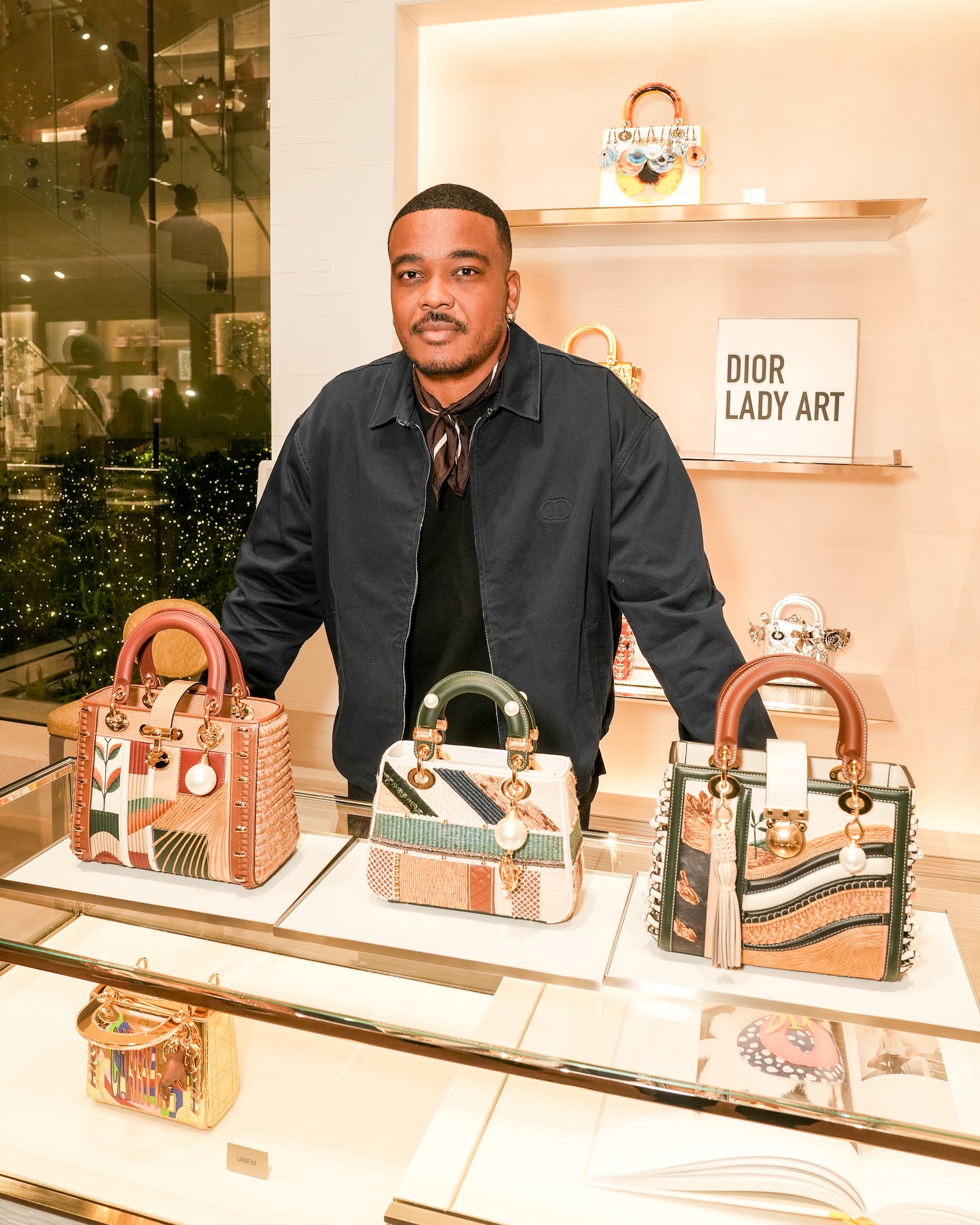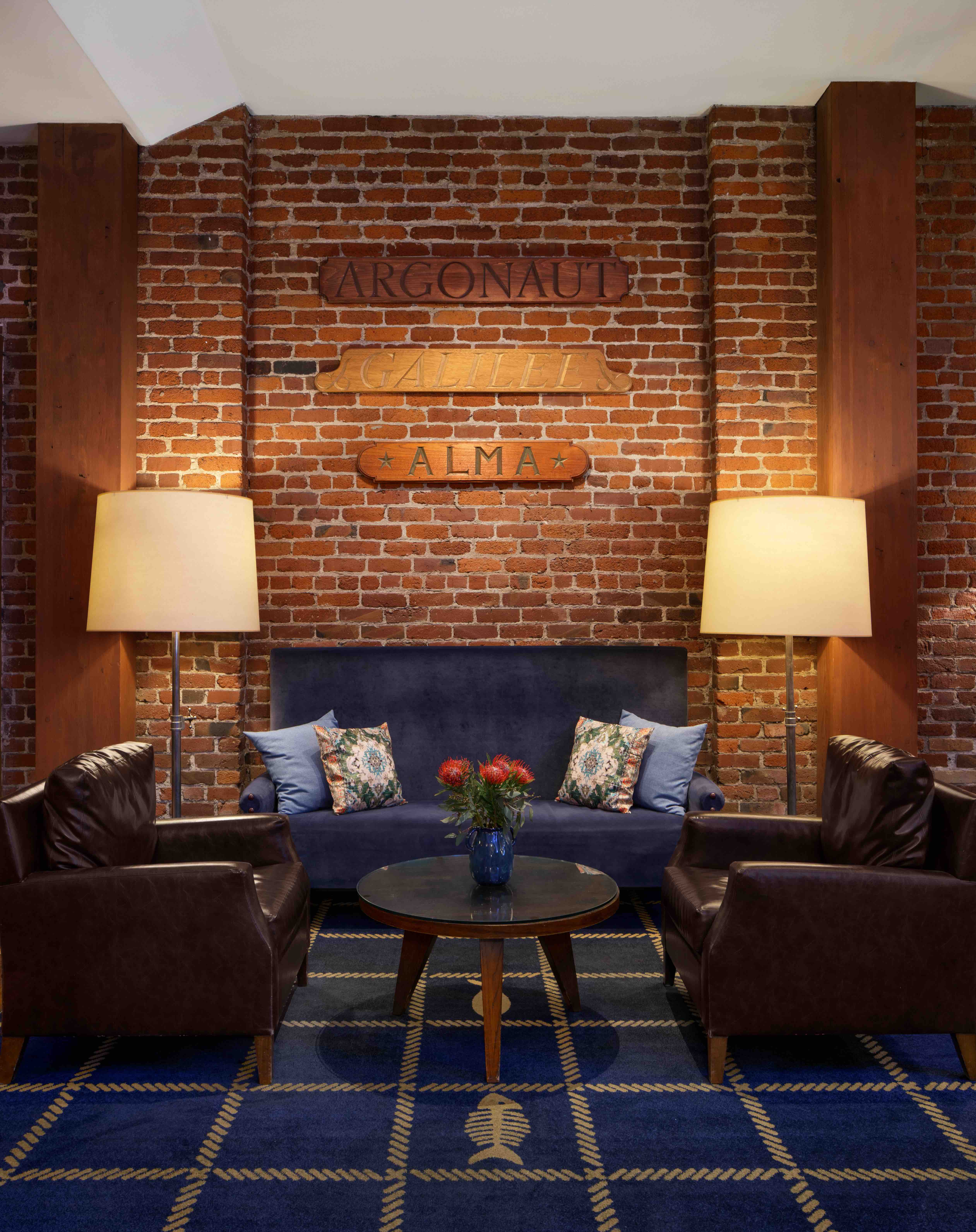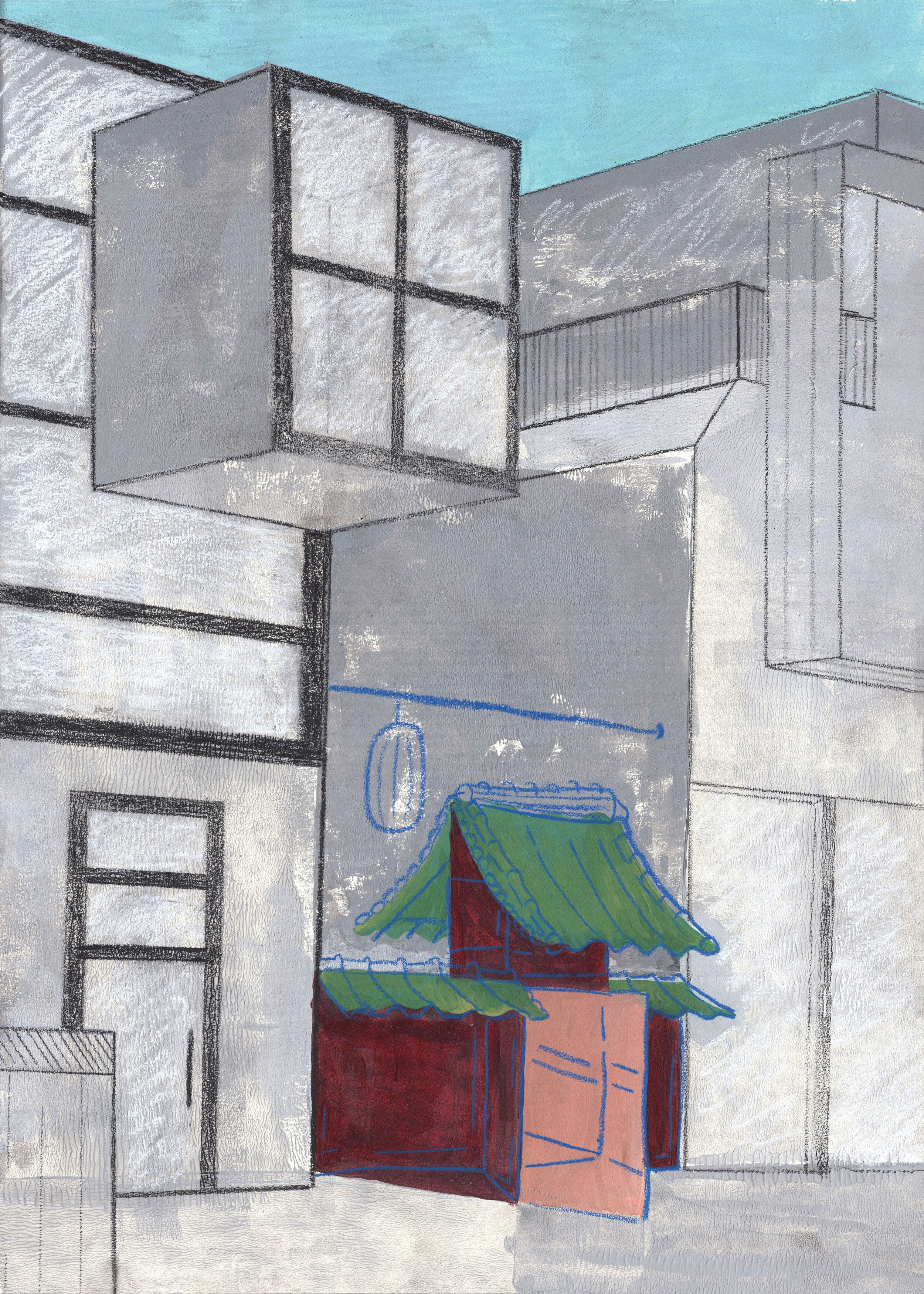

Illustrations by Michelle Garcia.
We roam and accumulate stories that rest upon the bone of our breast, laying upon us sometimes in patterns we can’t even feel or recognize.
Half apart, half together, half hearted...For the entirety of my life, I have been fighting a civil war; trying to hold the magnetism of my mixed identity.
My childhood had a sense of stability; I grew up in the white suburban neighborhood of Thousand Oaks in Southern Califor- nia, my parents were happily married and worked from home. My brother and I are the only mixed members of our family. Our father is American and grew up as an only child to a single mother. Our mother is the middle child of two Japanese immi- grants. Because my grandmother was the only strong connection I had from my father’s lineage, my American side became this empty void I didn’t have much context for. This in turn caused me to compare and presume I should be “more Japanese,” since this was the only example of family and connectivity I was given. It wasn’t till I reached adulthood that the word “home” began fester- ing like a wound. I would rewind and unbind the parts of me that were Japanese, the parts that were empty and the parts that were American. I carry a weight that I know is cultural trauma passed down that lives in our veins...if we allow it.
At such a young age, I couldn’t grasp, let alone feed, the po- tency in feeling segmented. I could not hold all that I was and all that I felt. My mother did not speak to me in Japanese, of which I do not know why, so at family gatherings, I’d shrink and sink into the background of the cacophony of sounds and laughter that removed me from the room. I wanted to connect, I wanted to belong, but in those moments, I had conditioned myself to believe it was supposed to look or feel a certain way. I did belong, I was home, I was love, but the compounding shadowing reverted to a place of fear and doubt.
How do we speak about self, about history, about healing? If we cannot place where or who we are?
I used to identify as blank, not white, not asian...a subdivi- sion.
I did not speak my tongue because my mother did not speak to me with it.
I grew up looking at characters sounding out what I could.
I am a character in a story trying to understand characters I cannot make out, rhythmically understand, but are they mine?
I am a character, bleeding in a pool of historic denominators. I am a character, caving into a shape I’ve been searching for: Assuming form.
I often thought of home as this architecture, this archetype that was just out of reach.
We grow up in a place and apply the word to the piece of architecture as “home.” We leave said home at whatever age to explore whatever modalities and are excavated from it. We be- come privy to the nature of our self, our patterns, our heart and our pain. “Home” evolves into the feeling of support, the feeling of belonging within ourselves. We grow our relationships and find ourselves rooted and loved in others, we find “home” in the people we love. We trace back to experience, to place, to tradition, to ritual and memory serves us as “home.” This oscillation, this dance, is not unprecedented to pain or fear, it is not linear and unmatched to time. I spent a great deal of time moving through these modes of the word. I would try them on, one-by-one, but there was a clairvoyance to the momentum of travel that truly brought me home.
Between the years 2017-2019, I explored 10 countries on my own dime. It was a journey of authority and stepping into a new independence. From Paris to Lisbon, Berlin to Bangkok, and Tokyo to Milan, I was building an internal scope of belonging. By the end, the point of home did not fluctuate, for it was within me. At every terminal, at every city, I asked myself, ‘what are you chasing?’ I found freedom in the landscapes of culture, where the vibrancy breathed me to a place of renewal. With each place, each challenge, each new friend I met with, I began architecting a new heart and mind. We never needed permission to move with our own authority, but I realize through traveling, I was able to find the truth that we are able to come as we are.
I was greatly inspired by the span and variety in how people live: it gave me the room and courage to write my own narrative. Every place slowly erased the notions of not belonging and not being worthy. I felt interconnected and I, for once, saw the expan- siveness of this life beyond what we read in the news and see on the TV. It was reverberating within me. It was pushing me under in this way I did not understand... an intrinsic flurry of departed destinies remained in the caverns of my veins, alluded to what once was and perhaps what could be.
I am currently in Japan, the last week of a month-long stay, and I have come home to myself. There is an immense patterning in the way that we are and the way that we feel. For the longest time, I felt absent or lost within myself in respect to both my iden- tity and my emotionality.
On the third day after I arrived, I attended a Japanese photography exhibit at the Tokyo Photographic Arts Museum. It was entitled, _The Exhibition of New Cosmos of Photography_, which is Canon’s cultural support project. It was initiated in 1991 to discover, nurture, and support new photographers pursuing new possibilities in creative photographic expression. All of the photographers were Japanese, and the themes, although diverse, had a coinciding feeling of subjective longing and deep reflectiv- ity. I was particularly drawn towards fleeting polaroids of empty streets with light streets and prints of empty chairs. The photog- rapher Hideko Takagi stated, “Maybe I sense the human presence and consideration in chairs left out for someone to sit in.” After reading this and walking through the show, I felt a pivotal echo within me. I was able to relate and resonate with the artwork in a framework of cultural emotionality and see myself within that.
The questions I’ve asked myself can be paired back to this sense of cultural lineage through inherited feeling. If we reflect on what is experienced before us, it is only fitting to see how that informs the way we see ourselves and experiences within the world.
It is a grounding realization that culture is the greatest map home to ourselves we have access to. To look at our an- cestors, creators, and thinkers before us that shaped the way we see and how we understand our place in this world, gives us a foundational guide to how we are.
Despite the chaotic flurry, since being here, there has been an ease in my being.The seismic saturation of feeling within place is vastly impactful to me and has circulated throughout during this time.
This isn’t exclusive merely to place, but also to the identifica- tion in language and people. I allowed myself to soften the grip I’d held so long in thinking “I am not enough.” In doing so, I found room to love myself, my culture and my language. I took a three-week Japanese language course, and although I had not practiced since high school, it was still there within me. I found a feeling I had not explored by transforming the pain of not understanding my identity fully into pride.
The point of grace for me truly lied in stepping into the world of myself that I can continue to cultivate. One day, I was brought to my family shrine which spans generations for over one hundred years. It was raining, I stood before it, prayed, in- troduced myself, and thanked them. In that simple gesture of re- turning to the spiritual site of my ancestors, I found the strength and resounding connectivity to continue carrying this declaration of self with me wherever I go. In that moment standing in the rain with my red umbrella, tears and rain fell down my face, and for the first time, I truly felt that I understood who I was.
I am no longer running. I am practicing cultivating this ease, this awareness of mind, of self as home. I am awake to the princi- ple that I was always whole, and have excitement towards loving and knowing home as culture and myself within that.
There will be more movement. There will be more questions, and there will be more syncopation.
In the hollows of our shadows is the space to be free, in the conquest of letting go and honoring our truth. There is a story here, it begins and ends with no assumed pattern. It will lift and rise, fall and settle...to a point where the sky holds and you are there in a new hue.
Hold the flower
Tie the tie
Wait for music
and fall for free
Run for rain
Love for longing
Hope for holding
Relate to roaming
Cry for credence
Build for reverence
You can be a gestural vision, beaming above in interludes of solace.
 
Illustrations by Michelle Garcia.
We roam and accumulate stories that rest upon the bone of our breast, laying upon us sometimes in patterns we can’t even feel or recognize.
Half apart, half together, half hearted...For the entirety of my life, I have been fighting a civil war; trying to hold the magnetism of my mixed identity.
My childhood had a sense of stability; I grew up in the white suburban neighborhood of Thousand Oaks in Southern Califor- nia, my parents were happily married and worked from home. My brother and I are the only mixed members of our family. Our father is American and grew up as an only child to a single mother. Our mother is the middle child of two Japanese immi- grants. Because my grandmother was the only strong connection I had from my father’s lineage, my American side became this empty void I didn’t have much context for. This in turn caused me to compare and presume I should be “more Japanese,” since this was the only example of family and connectivity I was given. It wasn’t till I reached adulthood that the word “home” began fester- ing like a wound. I would rewind and unbind the parts of me that were Japanese, the parts that were empty and the parts that were American. I carry a weight that I know is cultural trauma passed down that lives in our veins...if we allow it.
At such a young age, I couldn’t grasp, let alone feed, the po- tency in feeling segmented. I could not hold all that I was and all that I felt. My mother did not speak to me in Japanese, of which I do not know why, so at family gatherings, I’d shrink and sink into the background of the cacophony of sounds and laughter that removed me from the room. I wanted to connect, I wanted to belong, but in those moments, I had conditioned myself to believe it was supposed to look or feel a certain way. I did belong, I was home, I was love, but the compounding shadowing reverted to a place of fear and doubt.
How do we speak about self, about history, about healing? If we cannot place where or who we are?
I used to identify as blank, not white, not asian...a subdivi- sion.
I did not speak my tongue because my mother did not speak to me with it.
I grew up looking at characters sounding out what I could.
I am a character in a story trying to understand characters I cannot make out, rhythmically understand, but are they mine?
I am a character, bleeding in a pool of historic denominators. I am a character, caving into a shape I’ve been searching for: Assuming form.
I often thought of home as this architecture, this archetype that was just out of reach.
We grow up in a place and apply the word to the piece of architecture as “home.” We leave said home at whatever age to explore whatever modalities and are excavated from it. We be- come privy to the nature of our self, our patterns, our heart and our pain. “Home” evolves into the feeling of support, the feeling of belonging within ourselves. We grow our relationships and find ourselves rooted and loved in others, we find “home” in the people we love. We trace back to experience, to place, to tradition, to ritual and memory serves us as “home.” This oscillation, this dance, is not unprecedented to pain or fear, it is not linear and unmatched to time. I spent a great deal of time moving through these modes of the word. I would try them on, one-by-one, but there was a clairvoyance to the momentum of travel that truly brought me home.
Between the years 2017-2019, I explored 10 countries on my own dime. It was a journey of authority and stepping into a new independence. From Paris to Lisbon, Berlin to Bangkok, and Tokyo to Milan, I was building an internal scope of belonging. By the end, the point of home did not fluctuate, for it was within me. At every terminal, at every city, I asked myself, ‘what are you chasing?’ I found freedom in the landscapes of culture, where the vibrancy breathed me to a place of renewal. With each place, each challenge, each new friend I met with, I began architecting a new heart and mind. We never needed permission to move with our own authority, but I realize through traveling, I was able to find the truth that we are able to come as we are.
I was greatly inspired by the span and variety in how people live: it gave me the room and courage to write my own narrative. Every place slowly erased the notions of not belonging and not being worthy. I felt interconnected and I, for once, saw the expan- siveness of this life beyond what we read in the news and see on the TV. It was reverberating within me. It was pushing me under in this way I did not understand... an intrinsic flurry of departed destinies remained in the caverns of my veins, alluded to what once was and perhaps what could be.
I am currently in Japan, the last week of a month-long stay, and I have come home to myself. There is an immense patterning in the way that we are and the way that we feel. For the longest time, I felt absent or lost within myself in respect to both my iden- tity and my emotionality.
On the third day after I arrived, I attended a Japanese photography exhibit at the Tokyo Photographic Arts Museum. It was entitled, _The Exhibition of New Cosmos of Photography_, which is Canon’s cultural support project. It was initiated in 1991 to discover, nurture, and support new photographers pursuing new possibilities in creative photographic expression. All of the photographers were Japanese, and the themes, although diverse, had a coinciding feeling of subjective longing and deep reflectiv- ity. I was particularly drawn towards fleeting polaroids of empty streets with light streets and prints of empty chairs. The photog- rapher Hideko Takagi stated, “Maybe I sense the human presence and consideration in chairs left out for someone to sit in.” After reading this and walking through the show, I felt a pivotal echo within me. I was able to relate and resonate with the artwork in a framework of cultural emotionality and see myself within that.
The questions I’ve asked myself can be paired back to this sense of cultural lineage through inherited feeling. If we reflect on what is experienced before us, it is only fitting to see how that informs the way we see ourselves and experiences within the world.
It is a grounding realization that culture is the greatest map home to ourselves we have access to. To look at our an- cestors, creators, and thinkers before us that shaped the way we see and how we understand our place in this world, gives us a foundational guide to how we are.
Despite the chaotic flurry, since being here, there has been an ease in my being.The seismic saturation of feeling within place is vastly impactful to me and has circulated throughout during this time.
This isn’t exclusive merely to place, but also to the identifica- tion in language and people. I allowed myself to soften the grip I’d held so long in thinking “I am not enough.” In doing so, I found room to love myself, my culture and my language. I took a three-week Japanese language course, and although I had not practiced since high school, it was still there within me. I found a feeling I had not explored by transforming the pain of not understanding my identity fully into pride.
The point of grace for me truly lied in stepping into the world of myself that I can continue to cultivate. One day, I was brought to my family shrine which spans generations for over one hundred years. It was raining, I stood before it, prayed, in- troduced myself, and thanked them. In that simple gesture of re- turning to the spiritual site of my ancestors, I found the strength and resounding connectivity to continue carrying this declaration of self with me wherever I go. In that moment standing in the rain with my red umbrella, tears and rain fell down my face, and for the first time, I truly felt that I understood who I was.
I am no longer running. I am practicing cultivating this ease, this awareness of mind, of self as home. I am awake to the princi- ple that I was always whole, and have excitement towards loving and knowing home as culture and myself within that.
There will be more movement. There will be more questions, and there will be more syncopation.
In the hollows of our shadows is the space to be free, in the conquest of letting go and honoring our truth. There is a story here, it begins and ends with no assumed pattern. It will lift and rise, fall and settle...to a point where the sky holds and you are there in a new hue.
Hold the flower
Tie the tie
Wait for music
and fall for free
Run for rain
Love for longing
Hope for holding
Relate to roaming
Cry for credence
Build for reverence
You can be a gestural vision, beaming above in interludes of solace.

Illustrations by Michelle Garcia.
We roam and accumulate stories that rest upon the bone of our breast, laying upon us sometimes in patterns we can’t even feel or recognize.
Half apart, half together, half hearted...For the entirety of my life, I have been fighting a civil war; trying to hold the magnetism of my mixed identity.
My childhood had a sense of stability; I grew up in the white suburban neighborhood of Thousand Oaks in Southern Califor- nia, my parents were happily married and worked from home. My brother and I are the only mixed members of our family. Our father is American and grew up as an only child to a single mother. Our mother is the middle child of two Japanese immi- grants. Because my grandmother was the only strong connection I had from my father’s lineage, my American side became this empty void I didn’t have much context for. This in turn caused me to compare and presume I should be “more Japanese,” since this was the only example of family and connectivity I was given. It wasn’t till I reached adulthood that the word “home” began fester- ing like a wound. I would rewind and unbind the parts of me that were Japanese, the parts that were empty and the parts that were American. I carry a weight that I know is cultural trauma passed down that lives in our veins...if we allow it.
At such a young age, I couldn’t grasp, let alone feed, the po- tency in feeling segmented. I could not hold all that I was and all that I felt. My mother did not speak to me in Japanese, of which I do not know why, so at family gatherings, I’d shrink and sink into the background of the cacophony of sounds and laughter that removed me from the room. I wanted to connect, I wanted to belong, but in those moments, I had conditioned myself to believe it was supposed to look or feel a certain way. I did belong, I was home, I was love, but the compounding shadowing reverted to a place of fear and doubt.
How do we speak about self, about history, about healing? If we cannot place where or who we are?
I used to identify as blank, not white, not asian...a subdivi- sion.
I did not speak my tongue because my mother did not speak to me with it.
I grew up looking at characters sounding out what I could.
I am a character in a story trying to understand characters I cannot make out, rhythmically understand, but are they mine?
I am a character, bleeding in a pool of historic denominators. I am a character, caving into a shape I’ve been searching for: Assuming form.
I often thought of home as this architecture, this archetype that was just out of reach.
We grow up in a place and apply the word to the piece of architecture as “home.” We leave said home at whatever age to explore whatever modalities and are excavated from it. We be- come privy to the nature of our self, our patterns, our heart and our pain. “Home” evolves into the feeling of support, the feeling of belonging within ourselves. We grow our relationships and find ourselves rooted and loved in others, we find “home” in the people we love. We trace back to experience, to place, to tradition, to ritual and memory serves us as “home.” This oscillation, this dance, is not unprecedented to pain or fear, it is not linear and unmatched to time. I spent a great deal of time moving through these modes of the word. I would try them on, one-by-one, but there was a clairvoyance to the momentum of travel that truly brought me home.
Between the years 2017-2019, I explored 10 countries on my own dime. It was a journey of authority and stepping into a new independence. From Paris to Lisbon, Berlin to Bangkok, and Tokyo to Milan, I was building an internal scope of belonging. By the end, the point of home did not fluctuate, for it was within me. At every terminal, at every city, I asked myself, ‘what are you chasing?’ I found freedom in the landscapes of culture, where the vibrancy breathed me to a place of renewal. With each place, each challenge, each new friend I met with, I began architecting a new heart and mind. We never needed permission to move with our own authority, but I realize through traveling, I was able to find the truth that we are able to come as we are.
I was greatly inspired by the span and variety in how people live: it gave me the room and courage to write my own narrative. Every place slowly erased the notions of not belonging and not being worthy. I felt interconnected and I, for once, saw the expan- siveness of this life beyond what we read in the news and see on the TV. It was reverberating within me. It was pushing me under in this way I did not understand... an intrinsic flurry of departed destinies remained in the caverns of my veins, alluded to what once was and perhaps what could be.
I am currently in Japan, the last week of a month-long stay, and I have come home to myself. There is an immense patterning in the way that we are and the way that we feel. For the longest time, I felt absent or lost within myself in respect to both my iden- tity and my emotionality.
On the third day after I arrived, I attended a Japanese photography exhibit at the Tokyo Photographic Arts Museum. It was entitled, _The Exhibition of New Cosmos of Photography_, which is Canon’s cultural support project. It was initiated in 1991 to discover, nurture, and support new photographers pursuing new possibilities in creative photographic expression. All of the photographers were Japanese, and the themes, although diverse, had a coinciding feeling of subjective longing and deep reflectiv- ity. I was particularly drawn towards fleeting polaroids of empty streets with light streets and prints of empty chairs. The photog- rapher Hideko Takagi stated, “Maybe I sense the human presence and consideration in chairs left out for someone to sit in.” After reading this and walking through the show, I felt a pivotal echo within me. I was able to relate and resonate with the artwork in a framework of cultural emotionality and see myself within that.
The questions I’ve asked myself can be paired back to this sense of cultural lineage through inherited feeling. If we reflect on what is experienced before us, it is only fitting to see how that informs the way we see ourselves and experiences within the world.
It is a grounding realization that culture is the greatest map home to ourselves we have access to. To look at our an- cestors, creators, and thinkers before us that shaped the way we see and how we understand our place in this world, gives us a foundational guide to how we are.
Despite the chaotic flurry, since being here, there has been an ease in my being.The seismic saturation of feeling within place is vastly impactful to me and has circulated throughout during this time.
This isn’t exclusive merely to place, but also to the identifica- tion in language and people. I allowed myself to soften the grip I’d held so long in thinking “I am not enough.” In doing so, I found room to love myself, my culture and my language. I took a three-week Japanese language course, and although I had not practiced since high school, it was still there within me. I found a feeling I had not explored by transforming the pain of not understanding my identity fully into pride.
The point of grace for me truly lied in stepping into the world of myself that I can continue to cultivate. One day, I was brought to my family shrine which spans generations for over one hundred years. It was raining, I stood before it, prayed, in- troduced myself, and thanked them. In that simple gesture of re- turning to the spiritual site of my ancestors, I found the strength and resounding connectivity to continue carrying this declaration of self with me wherever I go. In that moment standing in the rain with my red umbrella, tears and rain fell down my face, and for the first time, I truly felt that I understood who I was.
I am no longer running. I am practicing cultivating this ease, this awareness of mind, of self as home. I am awake to the princi- ple that I was always whole, and have excitement towards loving and knowing home as culture and myself within that.
There will be more movement. There will be more questions, and there will be more syncopation.
In the hollows of our shadows is the space to be free, in the conquest of letting go and honoring our truth. There is a story here, it begins and ends with no assumed pattern. It will lift and rise, fall and settle...to a point where the sky holds and you are there in a new hue.
Hold the flower
Tie the tie
Wait for music
and fall for free
Run for rain
Love for longing
Hope for holding
Relate to roaming
Cry for credence
Build for reverence
You can be a gestural vision, beaming above in interludes of solace.



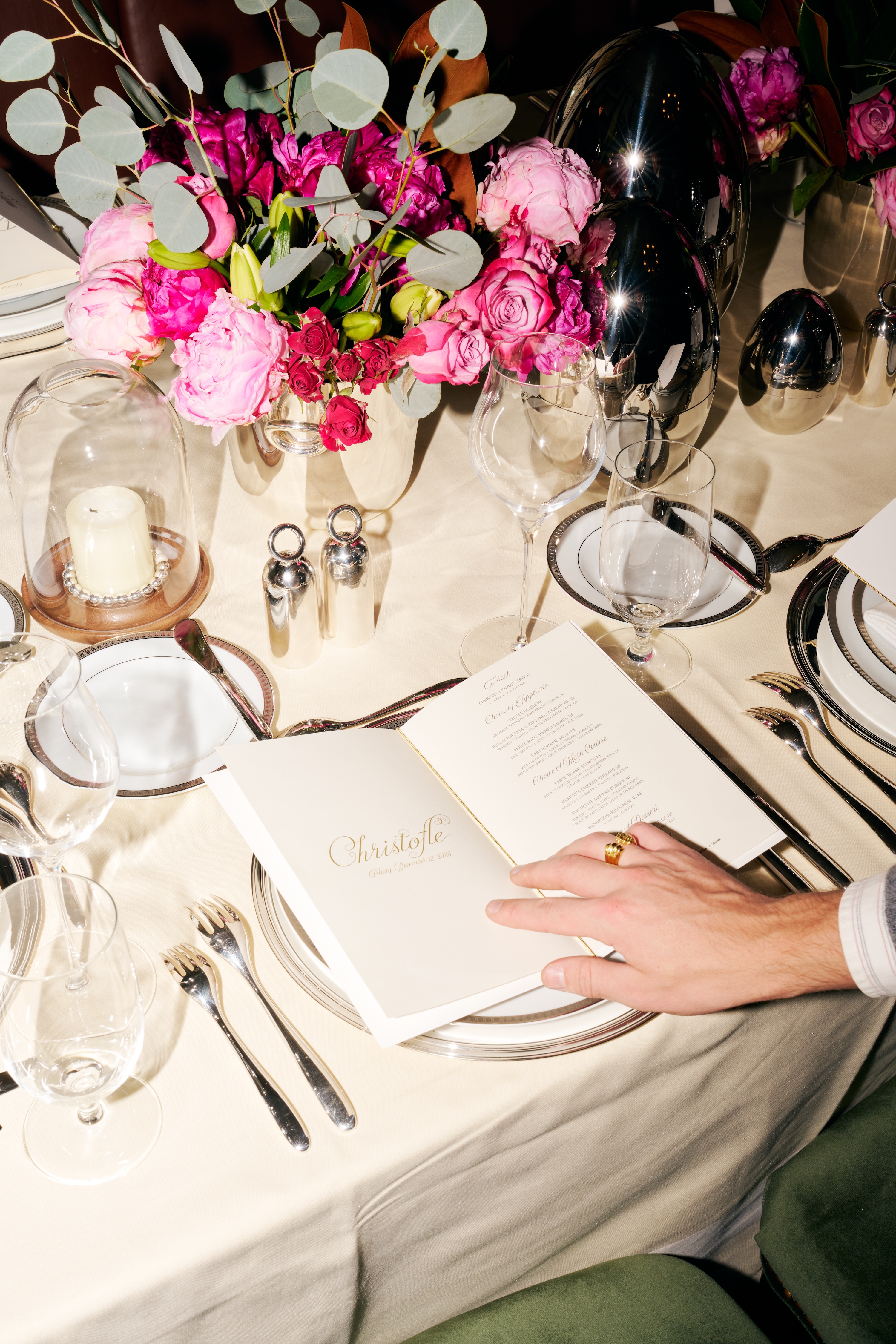


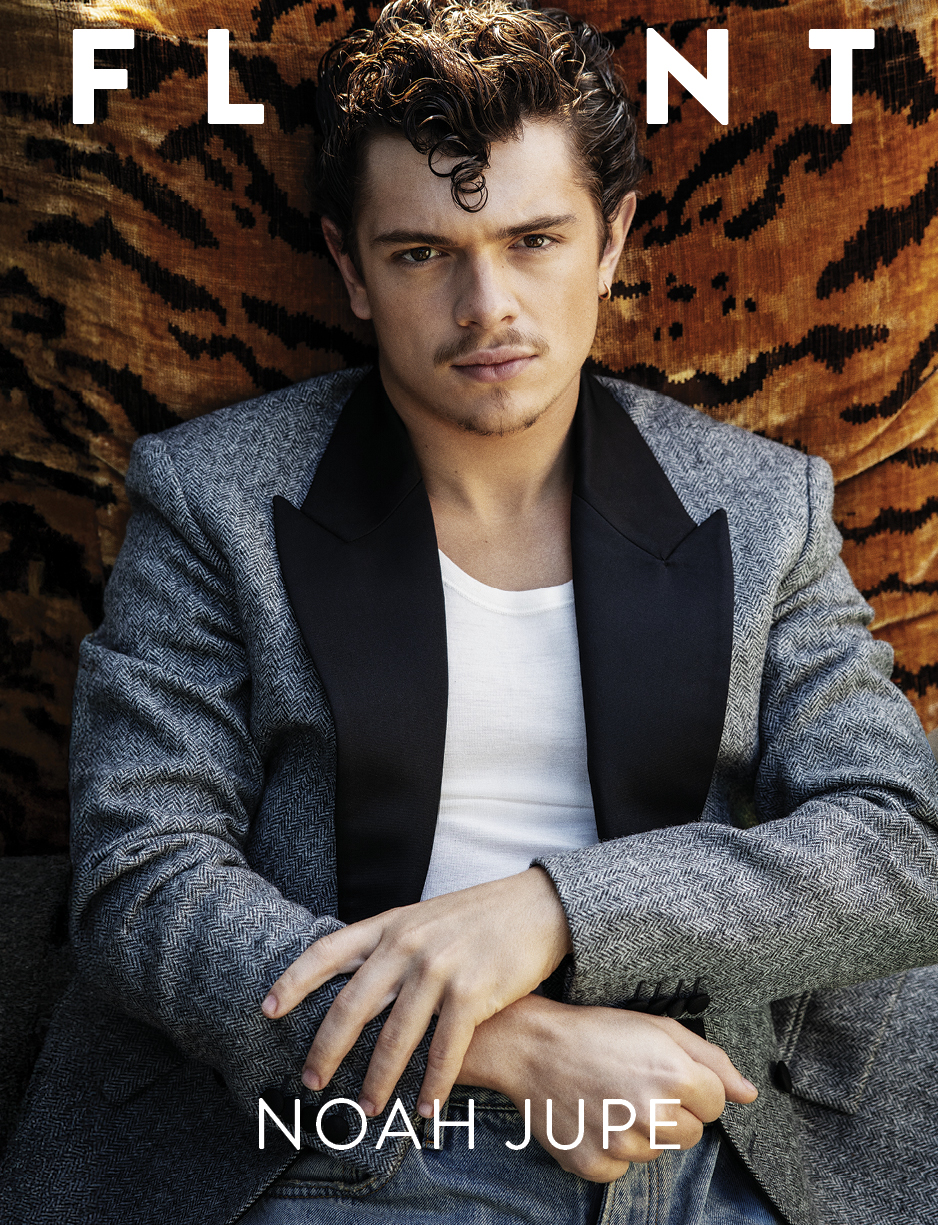

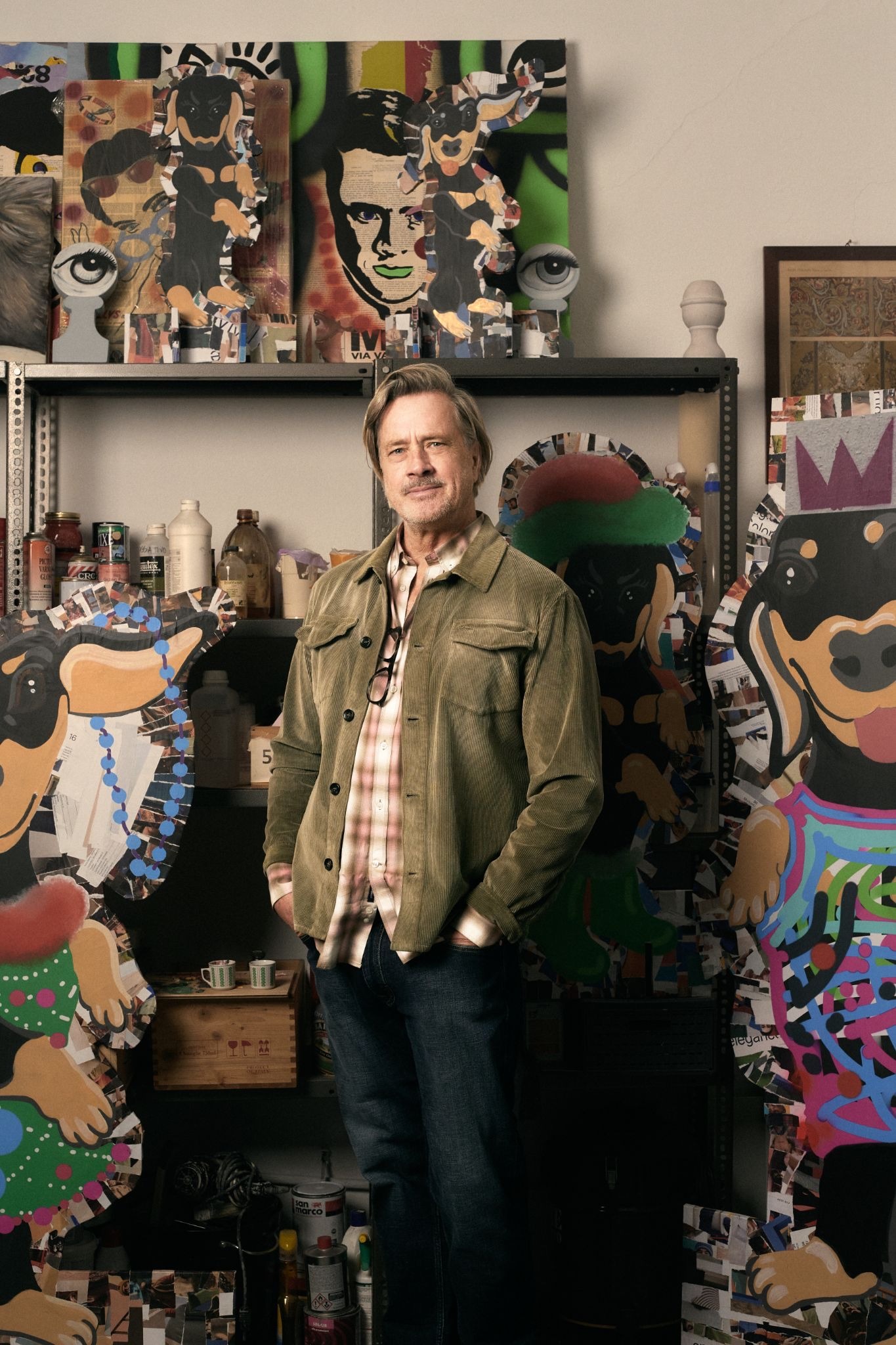
.JPG)
.jpg)
